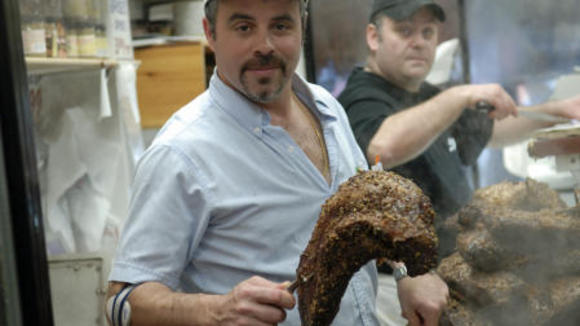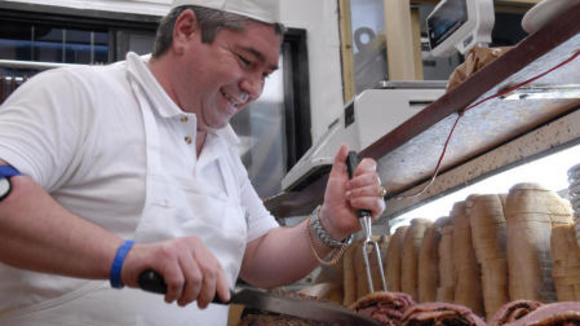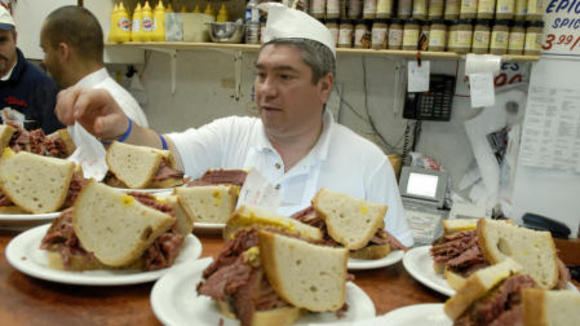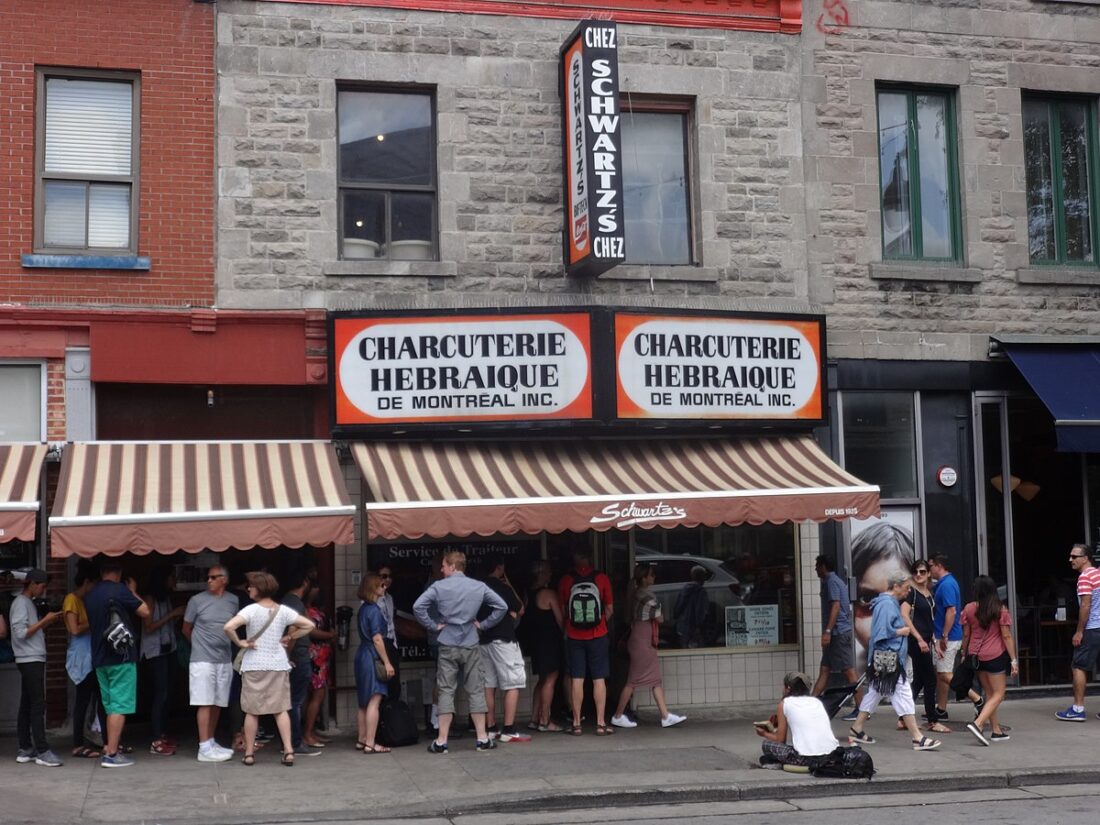Schwartz’s Jewish-style delicatessen on St. Laurent Boulevard in Montreal is not merely a restaurant but an institution. It’s immensely popular with locals and foreign visitors. On a normal day, you have you wait in line outside on the street before you’re ushered in.
It’s a small and intimate place, with tables and chairs on the left and a counter with seats on the right. It’s invariably crowded, with strangers sharing tables. The decor hasn’t changed in decades.
With Covid-19 still raging after two years, lockdowns and closures have devastated restaurants. I don’t know how Schwartz’s has fared in the face of this persistent pandemic, but I hope it will weather the storm.
When I lived in Montreal, I would pop into Schwartz’s for the usual — a medium smoked meat sandwich with fries, cole slaw, dill pickle and cherry soda on the side. I always wolfed down this meal, enjoying its wonderfully intense and aromatic flavors.

And whenever I returned to Montreal on visits, I would always try to make time for Schwartz’s, or Charcuterie Hebraique De Montreal Inc, as it has been known since Quebec’s French language law kicked in some years ago.
Gary Beitel’s film, Chez Schwartz, which can be accessed on the Toronto Jewish Film Foundation site, brought back fond memories.
It’s not a documentary in the usual sense of the word. Beitel does not provide viewers with a chronological account. Instead, he produces an impressionistic mood piece framed by a mellow jazz score.
Schwartz’s was founded by Reuben Schwartz, a Romanian Jew, in 1928, when St. Lawrence Boulevard was the hub of Montreal’s Jewish community and the garment district.
When my parents and I arrived in Montreal after World War II, we lived in a cold-water flat on Colonial Street, just minutes away from Schwartz’s. Later, we moved to St. Urbain Street, a little farther away.
Schwartz partnered up with Maurice Zbriger, a musician, when he ran into financial problems. They, in turn, sold the business to Hyman Diamond, who appears briefly in the film. In 2012, Diamond sold it to the Nakis, Angelil and Dion families for a cool $10 million.
Much to their credit, they have left it in the same condition as they found it. They could have jazzed it up with fancy adornments, but refrained from doing to preserve its original and inimitable homey atmosphere.
The film is built around its employees and customers, who never cease talking amid the constant buzz of customers’ voices.

The first person we’re introduced to is the general manager, Frank Silva, a Portuguese Canadian whose father worked at Schwartz’s. His co-worker, Joao Gonclaves, is Portuguese as well. He’s charged with the important task of hand slicing the cured meats that are smoked and steamed for hours in a smokehouse on the premises.

That some of Schwartz’s employees are Portuguese is hardly surprising. Little Portugal is close by.
Alexandre Lebel, a busboy and counterman, and Pentelis Christianis, a waiter, appear in the movie too. A poet in his spare time, Lebel complains that job promotions are hard to come by because employees don’t leave. Example: Christianis, 65, has been with Schwartz’s for 40 years.
Mike Nelli, a younger waiter who joined the staff seven years ago, thinks he’ll grow old here. “It’s a nice place to work,” he says. “It’s like a family. I spend more time with these guys than with my wife and son.”
A young man biting into a smoked meat sandwich compares it to the joys of sex. “I almost don’t want to finish the sandwich,” he says.
A beefy guy at a table offers to buy a French Canadian woman standing near the counter her first Schwartz’s sandwich. She accepts his offer. Surprise, surprise, she likes it.
Schwartz’s is a special place, and Chez Schwartz distills its very essence.

